Preservation
Baltimore Green Space acquires community-managed open spaces and provides support to those who care for them.
Overview and map
of all spaces
Overview and map
of all spaces
Baltimore Green Space acquires community-managed open spaces and provides support to those who care for them.
More than ever, our green spaces are under threat of development.
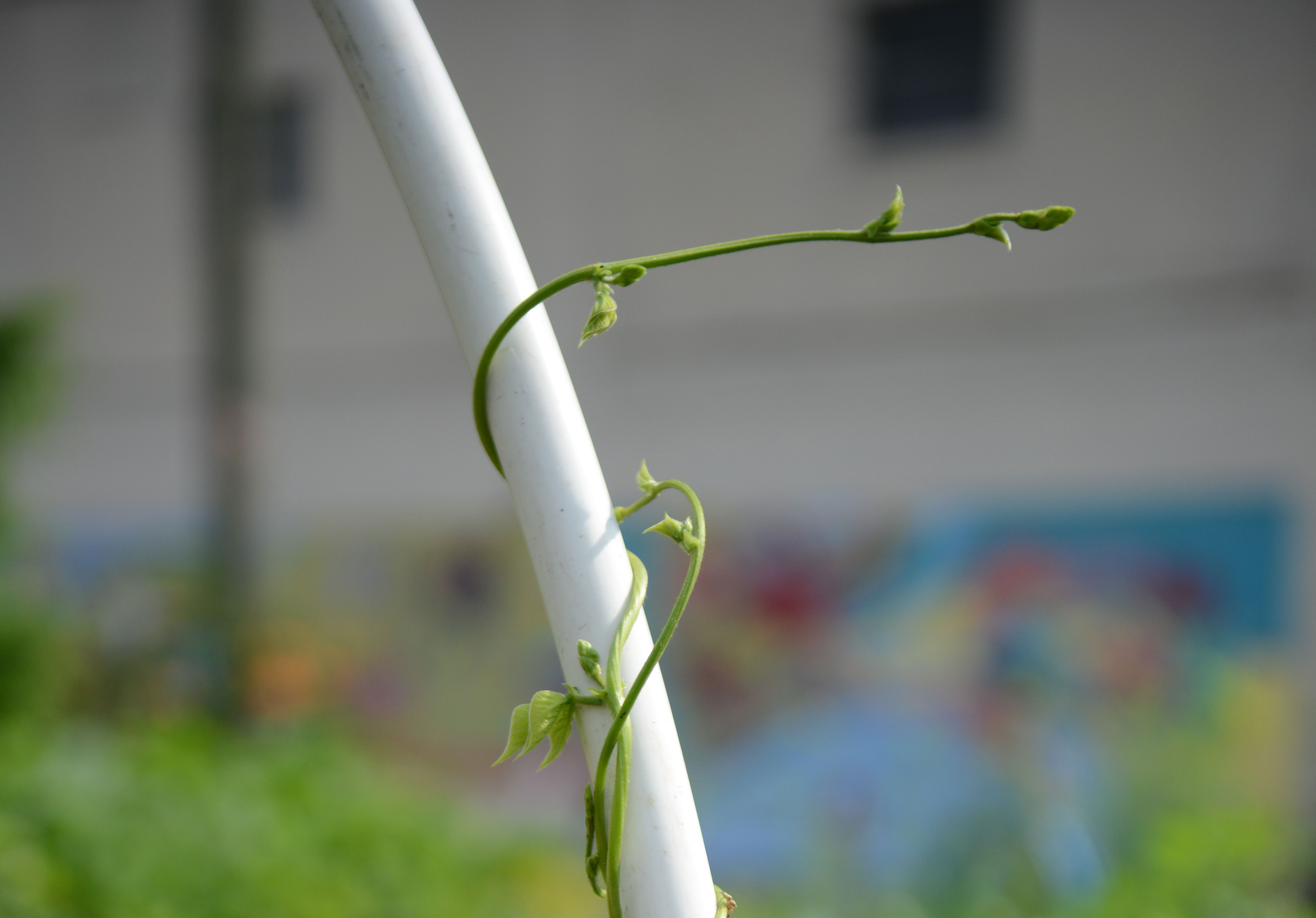

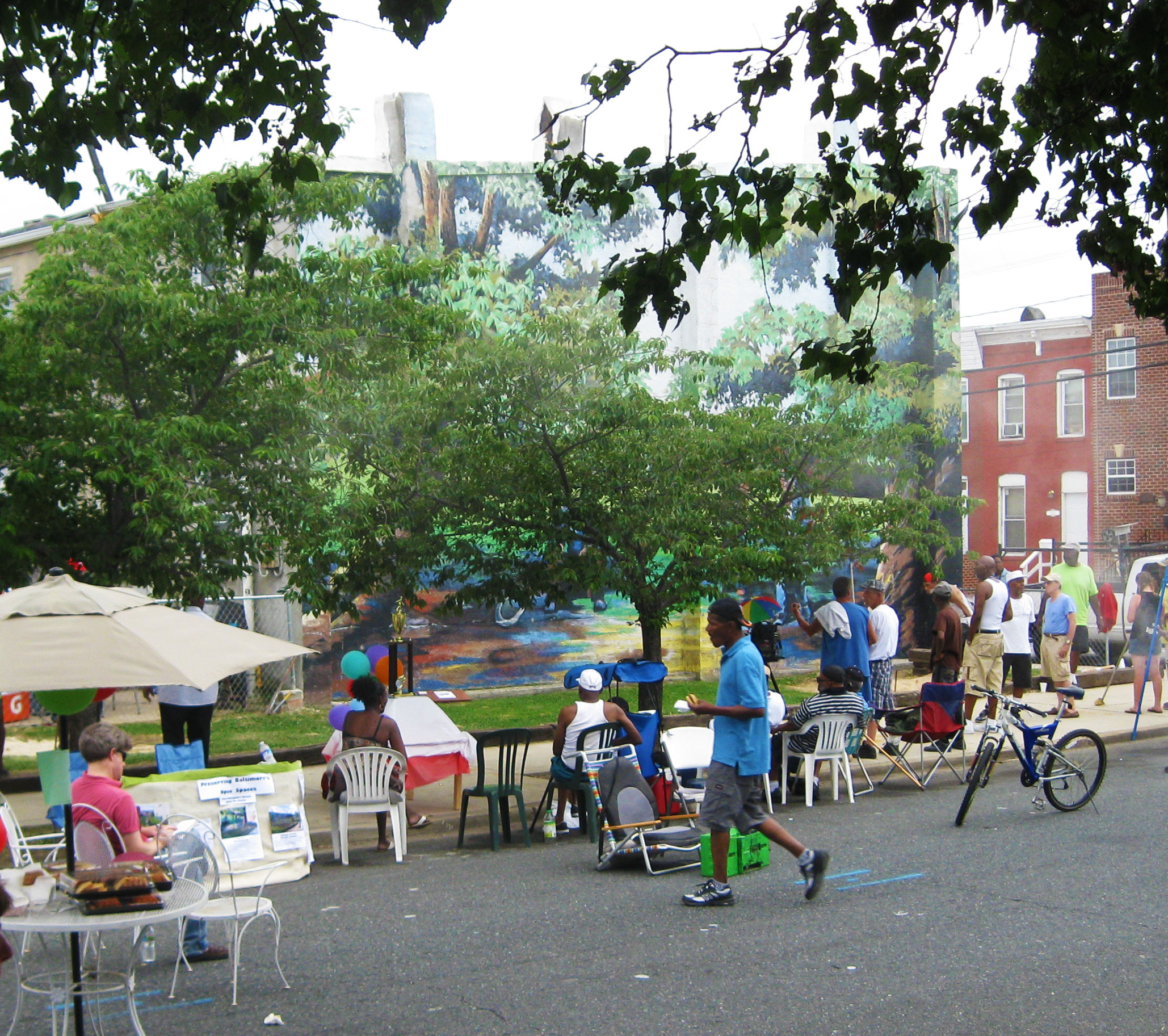

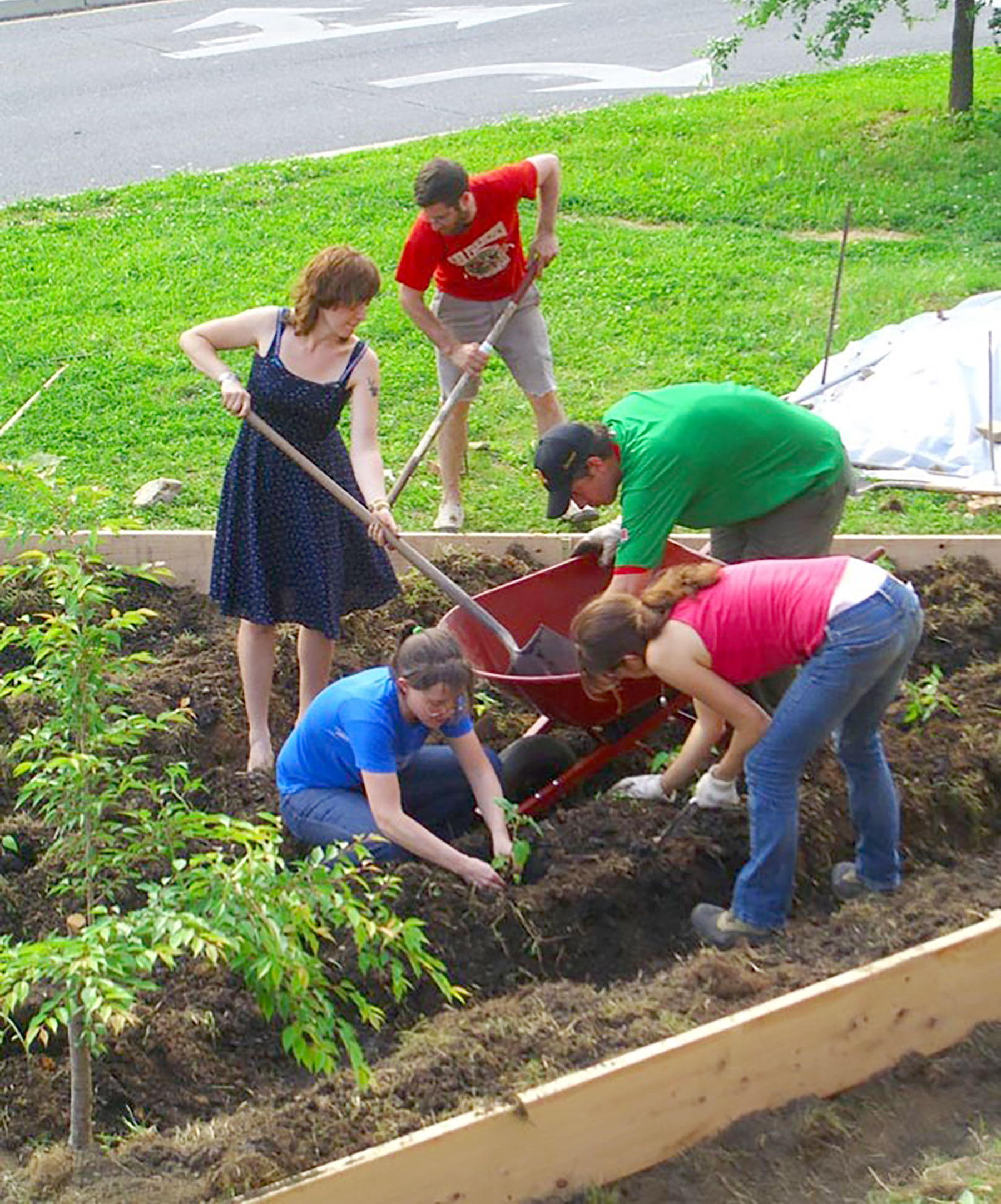
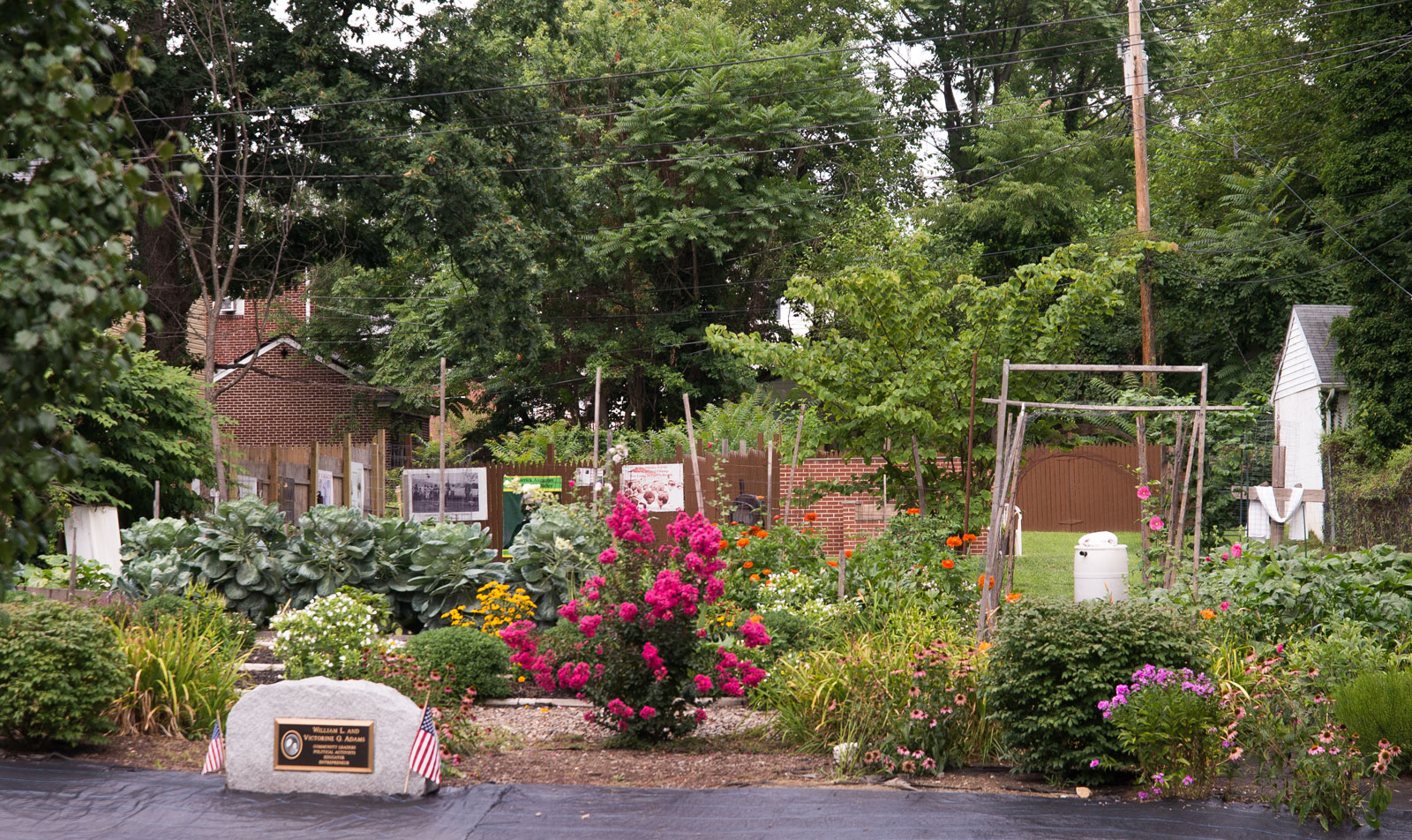
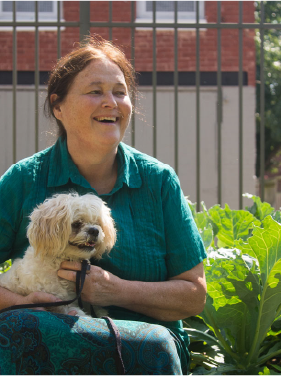
When community managed green spaces meet preservation criteria, as a nonprofit land trust, we’re able to acquire city owned properties for $1. We take care of the overhead and enter into a land trust agreement with communities to hold it in their name. This allows communities to ensure that their urban oases endure without taking on the responsibilities of acquisition and ownership.
Baltimore Green Space also provides basic liability coverage for volunteers who care for the site and provide technical assistance to help spaces flourish.
As part of our technical assistance, we:
Offer start up consultations with sites that are starting a green space.
Teach people how to find out the ownership of the land they would like to work on.
Connect sites to grant resources.
Connect sites with experts who can help with plant diseases or other specialty questions they have.
Provide sites community organizing expertise and outreach assistance.
Work with city partners to follow up on applications for water or to adopt lots.
Leverage volunteer resources to preserve sites.
Informal protection for city-owned lots
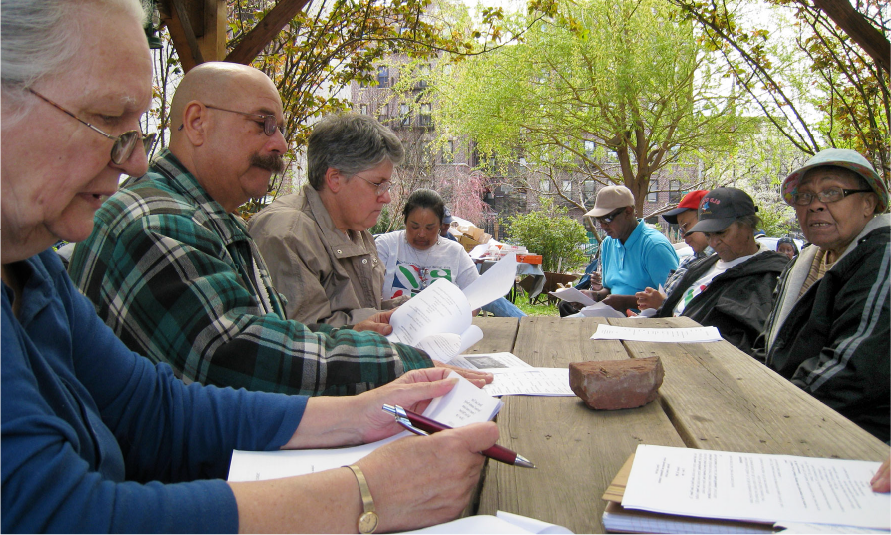
To be eligible for preservation, sites must meet the following:
5 years old or older- data shows that gardens often fail in their 3rd or 4th year but if neighbors make it to the 5 year mark and beyond they are likely to succeed.
True community use- the site clearly benefits and/or is used by the wider neighborhood.
Numbers for neighborhood care- the site must have enough community leaders caring for the space to ensure sustainability long-term.
Point people- we call these site leaders and assistant site leaders though in practice many gardens are run more democratically.
Community partner organization(s)- this can be a community association or other community group.
Safe soil- soil lead levels must be appropriate to the soil use ie. If there is elevated lead in the soil, food is not being grown and neighbors are not being exposed to toxins.
Applicants meet with Baltimore Green Space. Your site must be 5 years or older to be considered for the land trust.

The Site Manager answers questions about the community, the site, and partner organizations active in the site.

If Baltimore Green Space’s Land Transactions committee and board votes to proceed with research, BGS enters into an Interim Agreement with the site manager, assistant site manager, and partner organization.
At this point, our Baltimore Green Space team gathers information to decide whether the site meets our preservation criteria. This includes a Baseline Survey to get a clear picture of the site’s role, future, and potential challenges, and an Environmental Questionnaire that asks questions like, “has there ever been hazardous waste on the site?”
BGS takes photos of the site, gathers Google images, and obtains historical map. We gather SDAT information, conduct a title search, and look at land records.

If the Baltimore Green Space Board votes to acquire, the property is transferred from the City or private owners to BGS.

Once the acquisition is complete, BGS will enter into a management agreement with the Site Manager and Community Partner.
Baltimore Green Space makes annual site visits and provides technical assistance. Hooray!
Email us at [email protected] or give us a call at 813-530-8166. We’d love to hear from you!



Be the first to hear about exciting events, news, and opportunities.
[email protected]
(813) 530-8166
2100 Liberty Heights Avenue
Baltimore MD 21217
Facebook | Instagram | Twitter